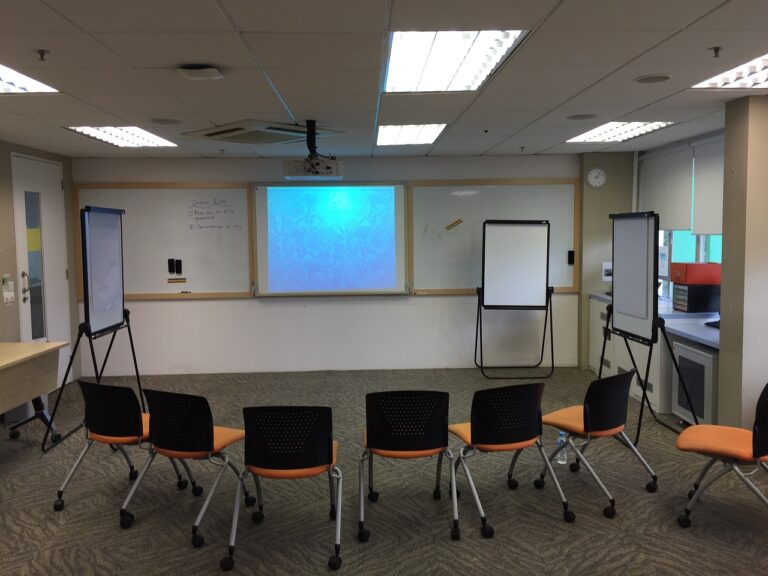Promoting Culturally Responsive Teaching in Family and Consumer Sciences
Cultural diversity is a fundamental aspect within the realm of Family and Consumer Sciences. It encompasses a wide array of values, beliefs, customs, and traditions that shape the way individuals interact and make decisions within their respective households. Understanding cultural diversity in this field is crucial for practitioners to provide effective and inclusive services to diverse populations.
In Family and Consumer Sciences, cultural diversity influences various aspects such as child-rearing practices, dietary preferences, clothing choices, and financial management strategies. By recognizing and valuing different cultural perspectives, professionals in this field can better tailor their programs and services to meet the unique needs of individuals and families from diverse backgrounds. Embracing cultural diversity in Family and Consumer Sciences is not only conducive to fostering positive relationships with clients but also enhances the overall effectiveness of the services provided.
Benefits of Implementing Culturally Responsive Teaching
Culturally responsive teaching fosters an inclusive learning environment where all students feel valued and respected. By incorporating diverse perspectives and cultural experiences into the curriculum, educators can enhance students’ engagement and overall academic performance. This approach cultivates a sense of belonging among students from various cultural backgrounds, leading to higher levels of motivation and a more positive classroom atmosphere.
Furthermore, culturally responsive teaching helps students develop a deeper understanding and appreciation for different cultures, promoting empathy and global awareness. By incorporating diverse cultural perspectives into lessons and activities, educators can broaden students’ worldview and equip them with essential skills for navigating an increasingly interconnected and diverse society. Ultimately, implementing culturally responsive teaching practices not only benefits students academically but also prepares them to thrive in a multicultural world.
Challenges of Incorporating Cultural Diversity in the Classroom
Fostering a culturally inclusive environment in the classroom can be a complex task for educators. One of the challenges is the lack of resources that cater to diverse cultural backgrounds, making lesson planning and material selection more time-consuming and challenging. Moreover, teachers may struggle with overcoming their own biases and stereotypes, which can unintentionally impact their interactions with students from different cultural backgrounds.
Another obstacle in incorporating cultural diversity in the classroom is the need for professional development and training for teachers. Many educators may not have received adequate training on how to effectively incorporate diverse perspectives into their curriculum, leading to a gap in understanding and implementation. This lack of training can hinder the ability of teachers to create inclusive learning environments that celebrate and respect the cultural differences present among their students.





